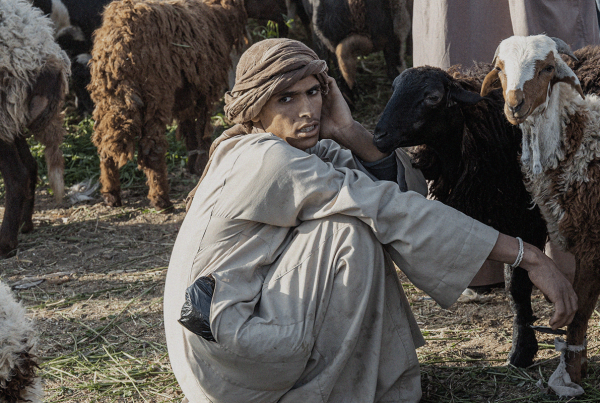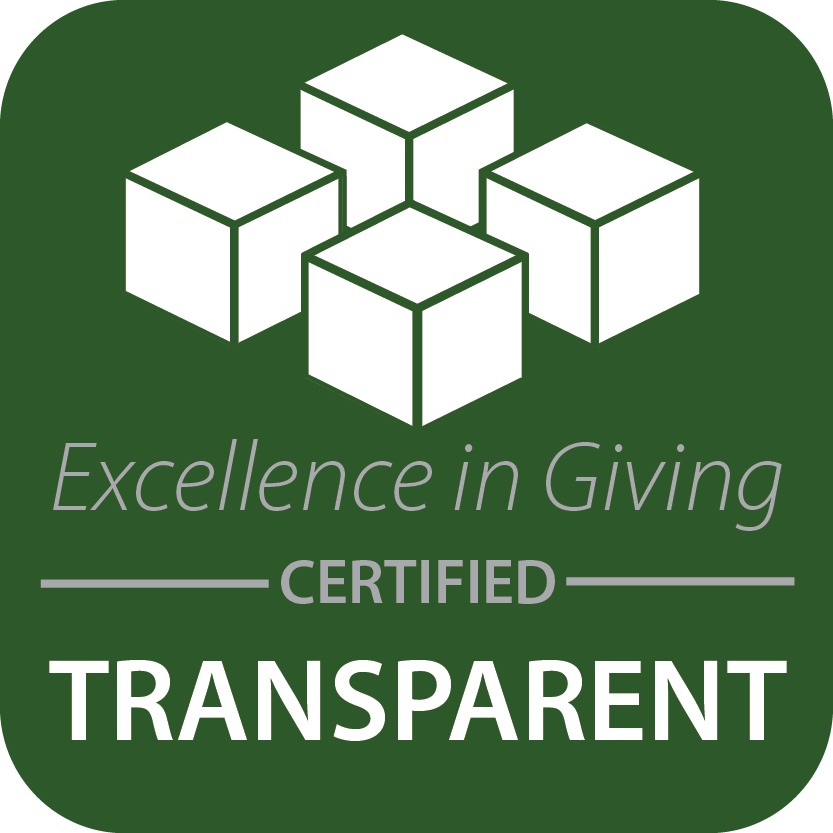Slavery might sound like a problem of the past but in reality, it still occurs in almost every country worldwide, and Thailand is no exception.
According to the Global Slavery Index (2018), there are more than 600,000 victims of human trafficking in Thailand. While significant steps have been taken to tackle this issue, further action is needed to eliminate human trafficking in Thailand.
Demographics of Human Trafficking in Thailand
Thailand’s trafficking victims can be split into two main groups: economic migrants coming from Myanmar, Cambodia, and Laos and simply those unfortunate enough to be in the wrong place at the wrong time. Some of Thailand’s economic migrants enter willingly, lured by the promise of better working opportunities, while those in the other group are often forcefully abducted and brought too far from their homes to ever hope to return.
According to The Safe Child report (2017), traffickers in Thailand predominantly target children from poor, rural backgrounds. Women are most commonly trafficked within the sex tourism industry, as prostitution is legal within Thailand, while men tend to be trafficked within the fishing industry.
The orchestrators of trafficking in Thailand tend to be fishermen or female Thai or Burmese nationals with links to organized crime gangs.
Types of Human Trafficking in Thailand
Forced labor and sexual exploitation are the two major forms of human trafficking in Thailand.
The sex trade is common in Thailand’s large tourist cities where prostitution is legal. Illegal and rampant, however, is the sexual exploitation of children. In many cases, drivers take groups of victims, typically young girls from villages in northern Thailand, to be sold as sex slaves. Local gangs and foreign mafias target vulnerable men, women, and children to work in prostitution domestically and abroad.
As urbanization increases in Thailand, so too does the demand for cheap labor and, by extension, human trafficking. Migrants are smuggled into Thailand to work in the seafood, construction, or textile industries for meager wages. The fishing industry in particular is fuelled by trafficked laborers facing poor working conditions and wages.
The criminal organizations behind human trafficking in Thailand are thought to be involved in several other forms of organized crime, including money laundering, drug trafficking, and animal trafficking, all of which use the same infrastructure as human trafficking. Having identified these links, Thai police have had some success in combating human trafficking through anti-money laundering efforts.
Donate to help our operatives find and free victims of human trafficking.
Human Trafficking Networks in Thailand
Thailand functions as a major transit, origin, and destination zone for human trafficking.
It serves as a destination country for economic migrants coming from less economically developed neighboring countries. Many citizens are tricked into migrating for higher pay and better quality of living. Often children are even sold by their parents. The legal immigration process, known as the “MoU process” is simply not an option for most ethnic minorities. As a result, most migrants arrive illegally and are vulnerable to exploitation. As an origin country, the main destinations for Thai victims, the majority of whom are women, include Japan, Germany, the U.S., the U.K., South Africa, and Australia.
Thailand is used as a transit zone for sex trafficking and forced labor by many of the more developed countries in the West. The crowded city of Bangkok is a popular transit hub for traffickers. “The Golden Triangle,” the region where Thailand, Myanmar, and Laos connect, is a hotspot for illegal border trade including human trafficking. Traffickers transport their victims via established migration routes along Thailand’s long and porous borders or via the sea. Aided by coastal and border communities and corrupt authorities, they use fishing ports and sea channels that are difficult for Thai authorities to monitor.
Human Trafficking Recruitment in Thailand
Social media platforms and online chat rooms have emerged as key centers of recruitment for human traffickers in Thailand. The internet gives traffickers instant access to thousands of vulnerable victims desperate to earn better wages and escape poverty. Lured in by false promises of employment, these individuals are then mercilessly exploited. Games and seemingly fun websites are used to reach younger victims who are then induced or blackmailed to perform sex acts.
Human Trafficking and COVID-19
Online learning and screen-time has increased due to the COVID-19 pandemic, placing more people and especially children, at risk of online predators. The huge leap in the number of people using social media in Thailand since the pandemic began correlates with the surge of online child exploitation cases. While it was hoped that the pandemic might curtail human trafficking, it has simply forced traffickers to move online and permitted fewer inspections from authorities.
The Thai Government and Human Trafficking
While the Thai government has made significant steps toward combating human trafficking, the U.S. Department of State still ranks Thailand as a Tier 2 Watch List Country. While Thailand does not fully meet the minimum standards for the elimination of human trafficking, the Thai government is actively implementing legislation to further combat it.
The Thai government is steadily increasing the programs and budgets for help centers, introducing more severe judicial penalties and labor restrictions, and assigning advanced training to court personnel, law enforcement, and prosecutors working on cases. However, corruption amongst Thai police and the exclusion of immigrants and sex workers from legislation remain two major obstacles to anti-trafficking in Thailand.
Organizations Fighting Human Trafficking in Thailand
Many NGOs in Thailand are actively fighting human trafficking by educating at-risk communities, spreading awareness, rescuing survivors, providing aftercare, and aiding Thai policymakers. A combination of government-run protection programs and NGOs are working together to protect survivors in shelters. The majority of these NGOs focus on child trafficking but others, such as The International Labour Organization (ILO), specialize in protecting workers in the fishing industry.
These NGOs use social media to spread awareness and generate funding. They have introduced innovative apps such as PROTECT-U, which informs victims of their rights and spotlights protection shelters. However, distrust and fear of the government poses a constant challenge as it often discourages users who are already scared and vulnerable.
The Exodus Road is one of the NGOs actively fighting human trafficking in Thailand. Between 2012 and 2021, The Exodus road has helped local law enforcement free 479 survivors of sex trafficking and arrest 127 traffickers. In 2021, The Exodus Road Thailand opened Freedom Home, a safe house and survivor care center, dedicated to providing trauma-informed therapy, medical care, life skills classes, education and entrepreneurship training, and community internships to survivors of sex trafficking.
It is action such as this that brings us closer to eliminating human trafficking in Thailand.
TraffickWatch Academy
Take the next step on your journey of learning about human trafficking with our free TraffickWatch Academy course. In just an hour, you’ll be certified in human trafficking awareness and prevention — and better armed to be part of the fight for freedom.






